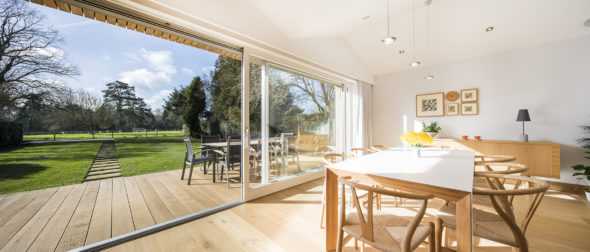When you think about what you need out of a home it’s easy to overlook some of the fundamental elements that ensure you and your family are comfortable, safe and healthy. When we say we design sustainable buildings, your costs, comfort and health are exactly what we’re talking about.

We’ve found the only way we can ensure our designs improve your home’s performance is by adopting a fabric-first approach to the building’s construction and by using the Passivhaus methodology.
In the first of three of short pieces, we will examine what following the fabric-first approach means for your health, costs and comfort:
Health
There are many factors that make a home healthy. Indeed, the term “healthy home” can feel like you’re opening a can of worms to a long list of dos and don’ts. There is of course a wider conversation around how the actual consFor us, when we talk to our clients about health we’re approaching it from the view point of how to firstly build a home that is considered
Excellent air quality:
The final piece in the Passivhaus puzzle is mechanical ventilation. Natural ventilation has been proven time after time to be unable to provide sufficient fresh air to keep us healthy. A mechanical ventilation with heat recovery (MVHR) system ensures a consistent supply of warm fresh air no matter the temperature outside.
An (MVHR) system also has filters to clean the incoming air of pollen, dust and other particles. So your incoming air is controlled, fresh and filtered. The chances of your children developing asthma are dramatically reduced. If you’re a hay fever sufferer, imagine having filtered fresh air 24/7. Living in a city you could even fit an NOx filter to keep out exhaust fumes.
No condensation or mould:
If you keep all the external building elements to a high standard they rarely get cold enough to allow condensation to form. In fact, it’s more likely you’ll get condensation on the outside of triple glazed windows. If your walls aren’t damp and ventilation is good no mould will grow. You can avoid this constant maintenance headache and health risk.
Peace and quiet:
Entering one of our low energy homes was recently described as “like shutting the door on an expensive car”. You immediately leave the noise of the world outside. Thickly insulated walls, roof and floor; triple glazed windows, strict air-tightness and mechanical ventilation all work together to provide homes with minimal background noise.
Your only problem might be sleeping elsewhere when you’re so used to the peace and quiet.